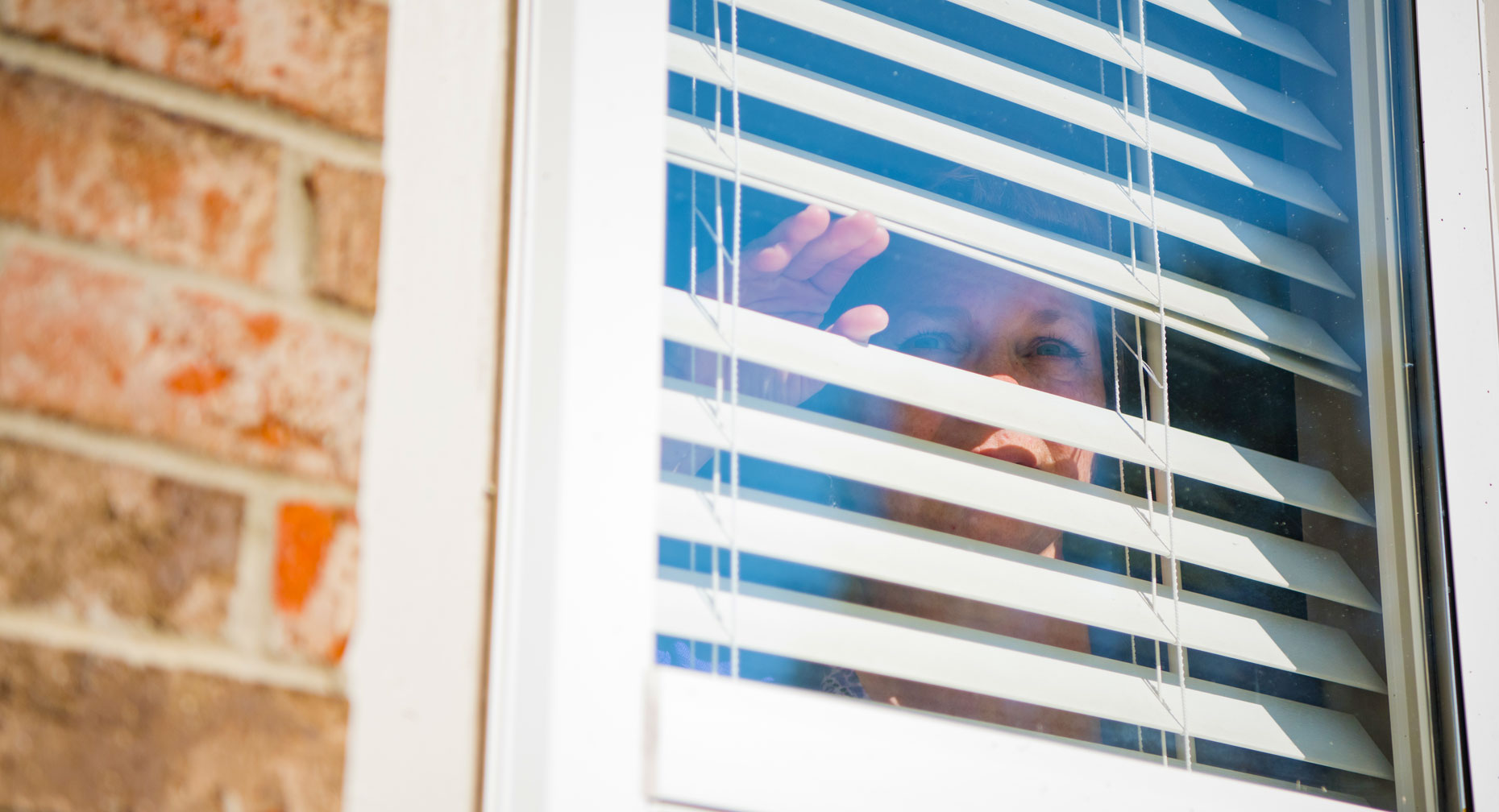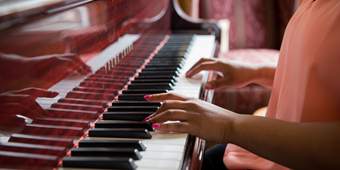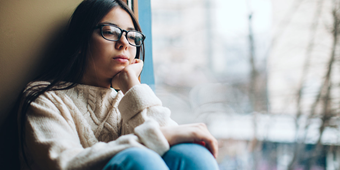Coming To Terms With Anxiety

Answer a few questions and we'll provide you with a list of primary care providers that best fit your needs.
Anxiety is that feeling of uncertainty or dread we get before a big interview, meeting a future in-law, or presenting at an important meeting. But if your temporary worry becomes a common theme of fear and nervousness that disrupts the flow of your life, you may have an anxiety disorder.
About 40 million American adults each year suffer from anxiety disorders, says the Anxiety and Depression Association of America. Children and teens also have anxiety disorders, often starting around age 6. From age 13 to 18, about 8 percent of teens experience symptoms. Women are twice as likely as men to have an anxiety disorder.
Family physician Heather Markwell, MD, explains that anxiety becomes a disorder when it starts to affect your ability to cope or go through normal activities of daily living.
Click play to watch the video or read video transcript.
You typically feel dread or extreme concern that is out of proportion to the situation or not appropriate to your age if you have an anxiety disorder. Additionally, your anxiety disrupts how you function in daily life and causes you to avoid certain activities or places.
Signs of anxiety disorder include:
- Feelings of fear or dread of a situation or object that occur regularly and continue over weeks and months (for example, fear of crowds, obsessive thoughts, worry that paralyzes you and keeps you from taking action)
- Avoidance of activities that bring you face to face with a dreaded object or situation or performing rituals you can’t seem to control
- One or more physical symptoms, including weakness, shortness of breath, rapid heart rate, chest pain, muscle tension, nausea, dizziness, or upset stomach
Dr. Markwell explains the differences in generalized anxiety disorder, panic disorder, and social anxiety disorder.
Click play to watch the video or read video transcript.
Common Types of Anxiety Disorders
Anxiety disorders include a variety of conditions that can disrupt your life. Here are some of the most common types of anxiety disorders:
Generalized anxiety disorder. Persistent, excessive worry that interferes with your daily activities.
Panic disorder. Panic attacks that cause an extreme physical and psychological reaction, such as rapid heartbeat, sweating, shortness of breath, dizziness, nausea, or fear of losing control or dying.
Obsessive-compulsive disorder. Having unwanted thoughts (obsessions) or behaviors (compulsions) that cause anxiety.
Phobia. Excessive and unreasonable fear of a typically harmless object, activity, or situation.
Agoraphobia. Intense fear of being in open or enclosed spaces, especially with a crowd. It may be so severe that you can’t leave the house.
Post-traumatic stress disorder. Feelings of extreme distress triggered by a previous experience or event (such as sexual abuse, war) that caused physical harm or threatened to cause harm.
Anxiety disorders include a variety of conditions that can disrupt your life.
Social anxiety disorder. Great discomfort and uneasiness with social interactions, such as fear of public speaking or meeting new people. Fear of embarrassment, humiliation and rejection are so great that they interfere with normal function.
Separation anxiety disorder. Excessive fearfulness that’s not age appropriate of separating from people to whom you are most closely attached.
A number of successful medicines and other treatments are available to help you live a normal, productive life with an anxiety disorder.
Answer a few questions and we'll provide you with a list of primary care providers that best fit your needs.
Source: Heather Markwell, MD, Liberty Family Medicine; American Psychiatric Association; WomensHealth.gov; National Institutes of Health; Mental Health America







